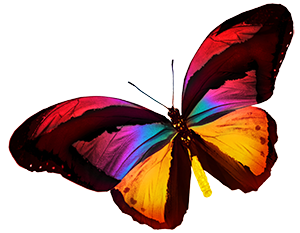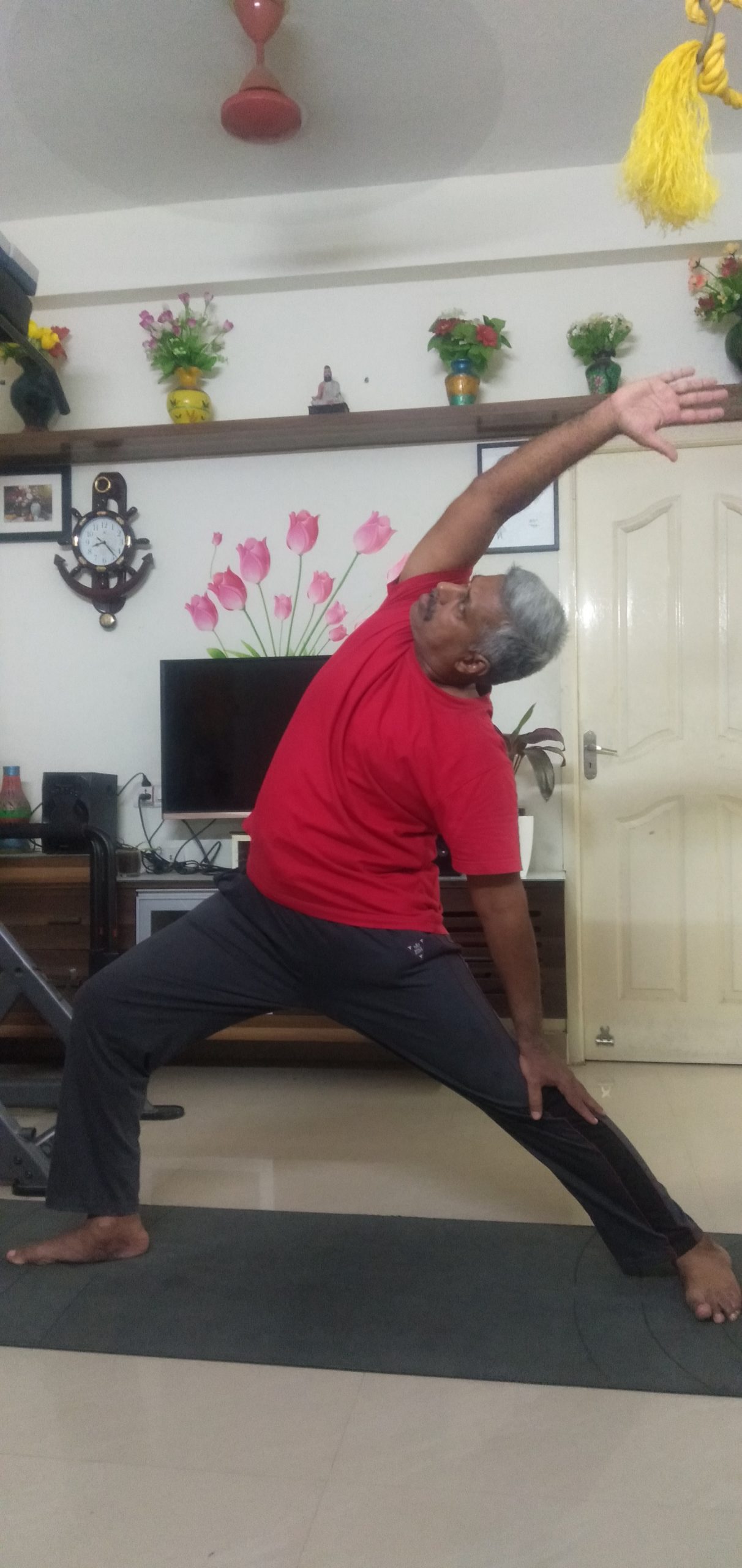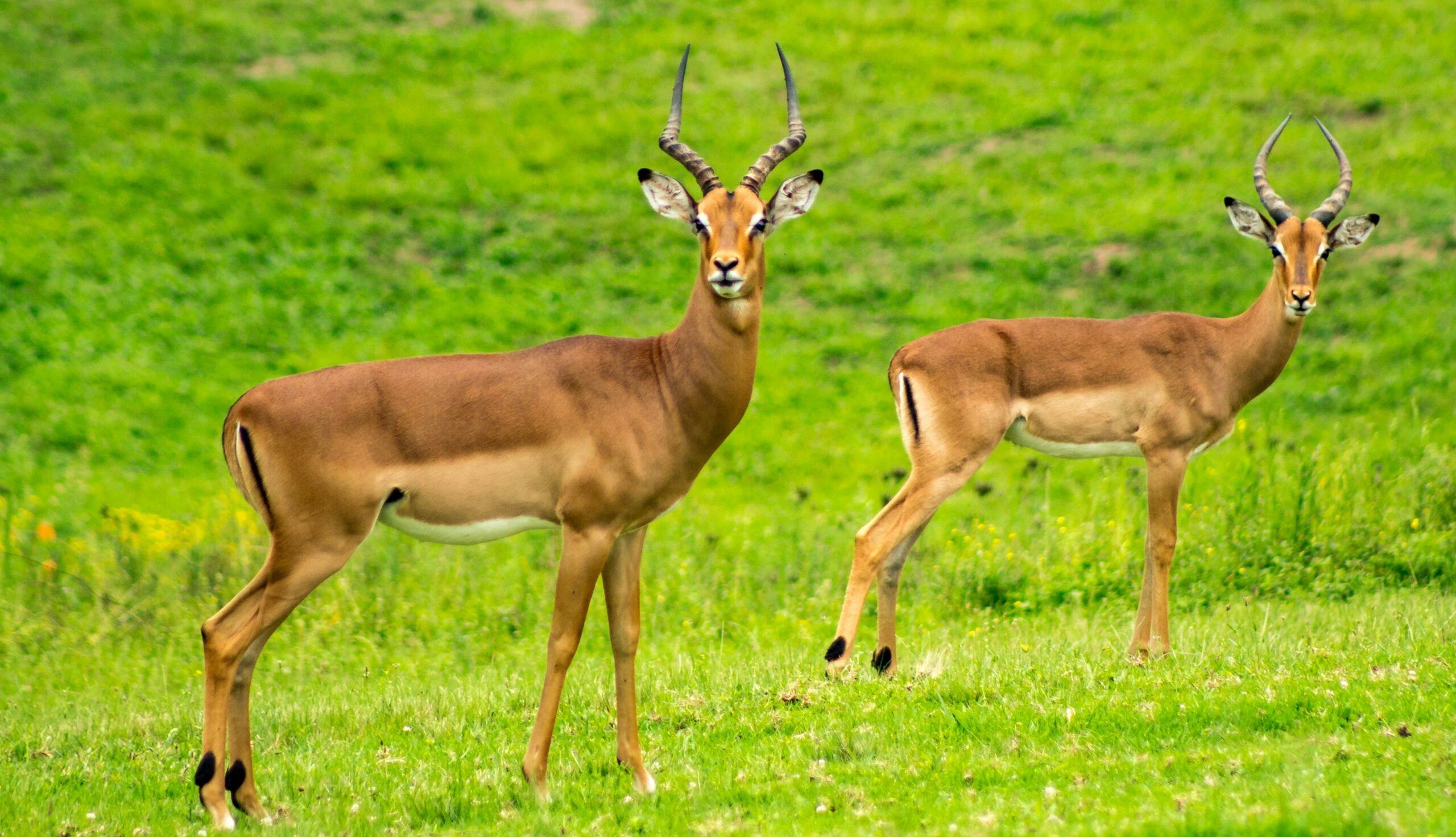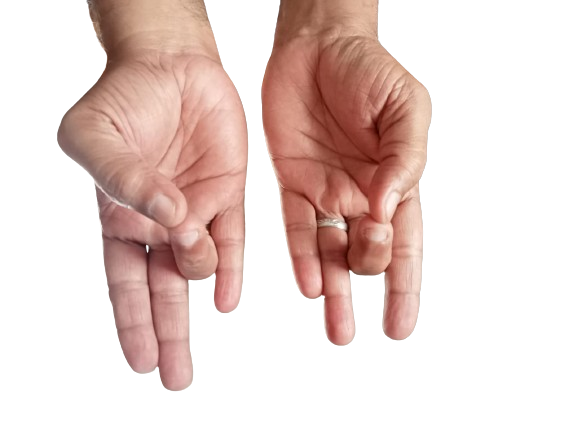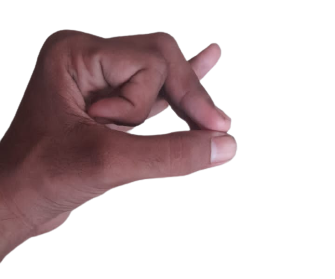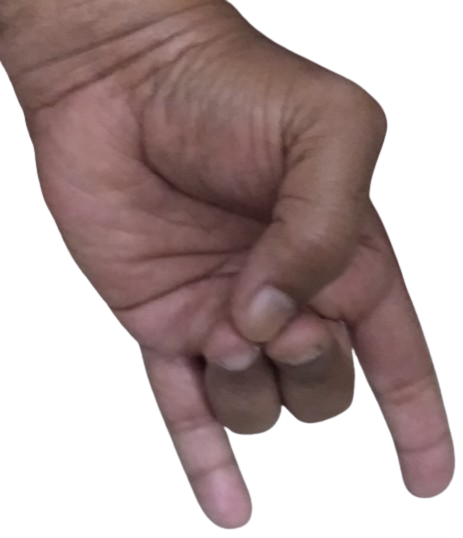Hope you read our previous posts on Warrior Pose 1 and Warrior Pose 2. Reverse Warrior Pose is also considered a variation of Warrior Pose 2.
Reverse Warrior Pose energizes the whole body. The pose stimulates Sacral Chakra and Solar Plexus Chakra and hence serves as an effective yoga pose for self-confidence. Regular practice of the pose helps to attract universal energy. The pose also promotes mental strength and creativity.
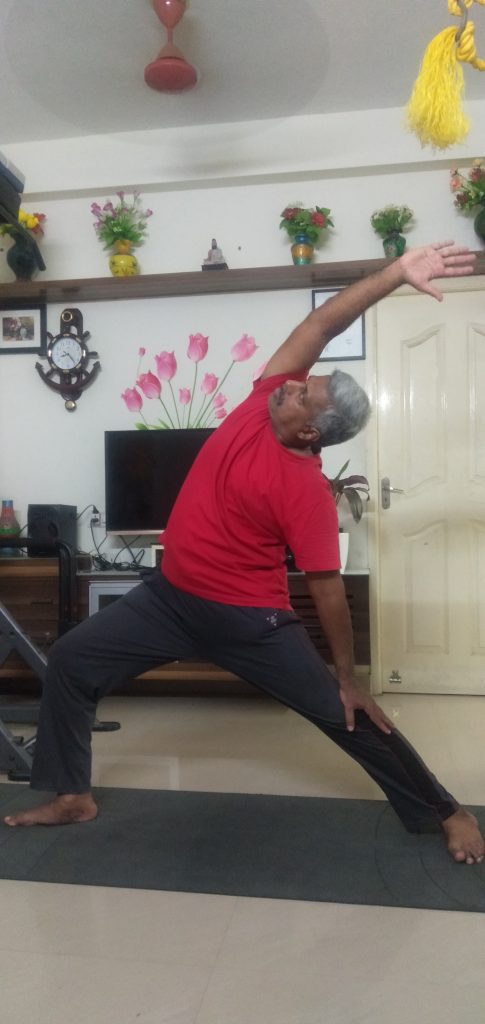
Other Benefits of Reverse Warrior Pose
- Strengthens lungs
- Flexibility of spine improves
- Strengthens back muscles
- The pose strengthens shoulders and neck
- It stimulates functions of nervous system
- Boosts blood circulation
- Regular practice of the pose improves hip flexibility.
- It cures fatigue.
- It is an effective yoga pose for anxiety.
- Promotes calm
Instructions
- Assume Mountain Pose.
- Exhale as you place your feet about four feet apart from each other.
- Turn your right leg towards your right. The heels should be aligned.
- Inhale as you lift your hands sideways up to shoulder level.
- With exhalation bend your right knee. Your right knee should be aligned with your right foot and the thigh should be parallel to the floor. Inhale.
- Exhale as you slide your left leg to place your left palm by the knee.
- With inhalation, lift your right hand over your head.
- Bend your upper body towards your left and stretch your right hand further to your left.
- Lift your head upwards.
- Hold the pose for 20 seconds.
- Repeat the same on the other side.
Note
Those with severe neck pain can keep the head straight while performing the pose.
In case of difficulty in raising the arm, the pose can be performed with hands on hips.
In case of difficulty in holding the pose, reduce the space between legs.
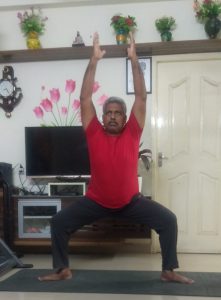
Yoga Pose for Day 76 - Goddess Squat (Uthkata Konasana)
In our earlier posts, we have covered the benefits and how-to-do of Bound Angle Pose, Upward Seated Angle Pose, Side Seated Angle Pose, Half-Upright Seated Angle Pose, Half-Prayer Twist Pose and Balancing Bound Angle Pose.
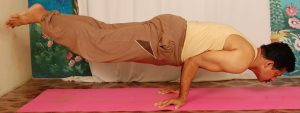
Yoga Pose for Day 74 - Peacock Pose (Mayurasana)
Peacock Pose is one of the challenging arm balancing poses just as the Eight Angle Pose we saw yesterday. The pose is called Mayurasana in Sanskrit. 'Mayura' means 'peacock'. The form apart, the pose gets its name
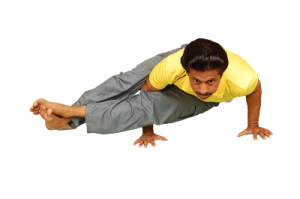
Yoga Pose for Day 73 - Eight Angle Pose (Ashtavakrasana)
In Sanskrit, 'ashta' means 'eight' and 'vakkiram' means 'to twist'. The pose is called Ashtavakrasana in Sanskrit. It is named after the sage Ashtavakkirar.
